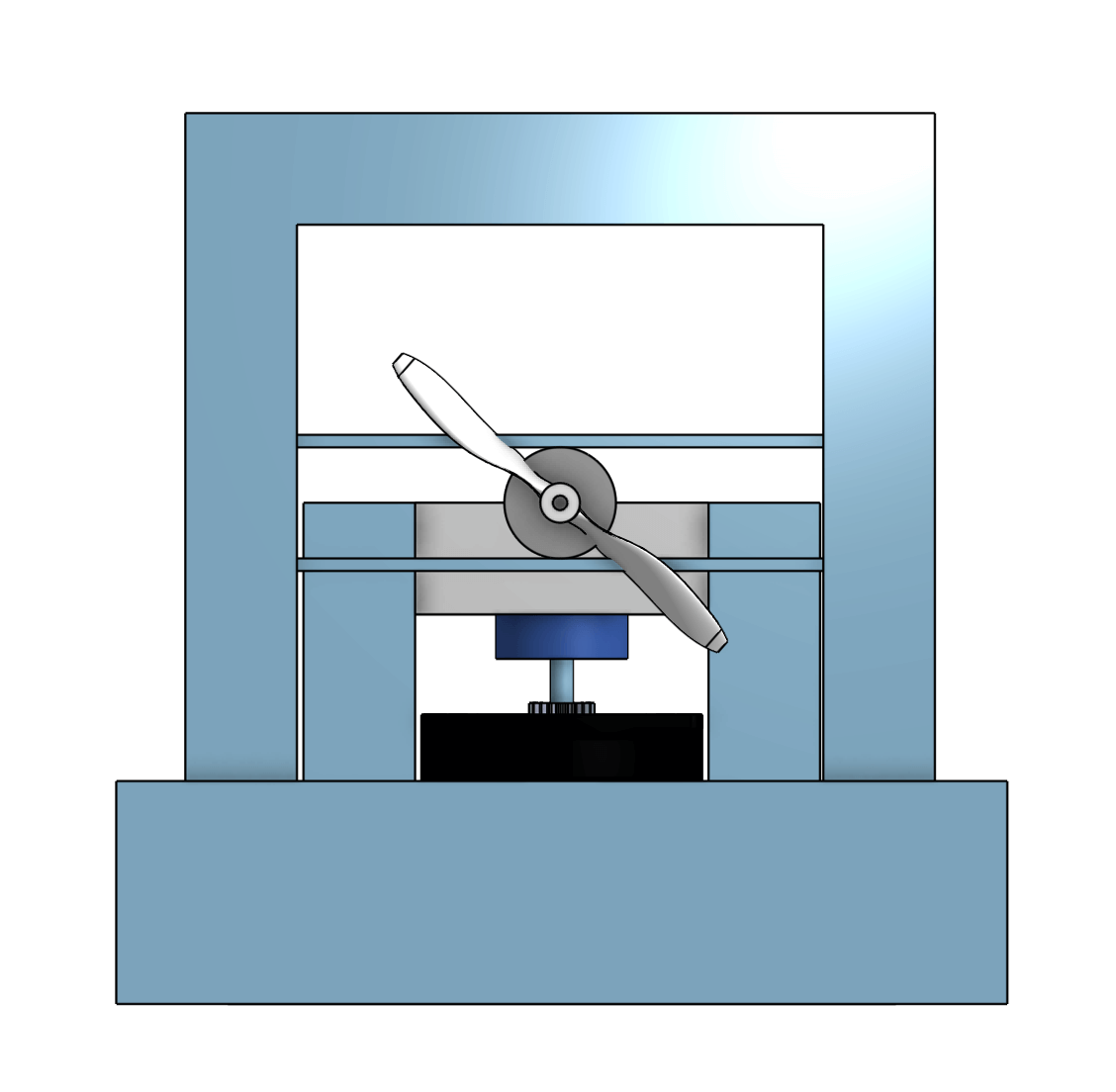Hovercraft
- Objective:: create a self-propelled air-levitated vehicle that moves down a track in a certain amount of time.
- Design Requirements :
- Must fit into a 40 cm x 40 cm x 40 cm box when levitated
- Vehicle can’t modify the track
- Must levitate on a cushion of air with an inflated skirt
- Can contain up to 2 motors that drive propellers or impellers
- Batteries can’t exceed 9V
- Must hold up to 2 kg in pennies
- Materials: The hovercraft must able to levitate and carry 2 kg of weight, so the materials used must be as light as possible. The 2 kg will be coming from rolls of pennies.
- Extruded polystyrene: this foam has a very low density and is very rigid. This makes it a very good material for the frame of the hovercraft.
- Rubbish Bag: this material serves as a lightweight and durable material for the skirt of the hovercraft. It can also be easily cut which makes it more convenient.
- Design Iterations: before building the final hovercraft, I had one prototype. This prototype can be seen in the images below.
- Iteration 1: This first design was more of a prototype. I unfortunately forgot to take pictures, so I created a CAD for visualization purposes. This design was created using a foam meat tray. I wanted to try and see if I could try to use only 1 motor for both lift and propulsion. The lift was provided directly from the 1 fan and propulsion was created by a cut out section of the meat tray. However, this didn’t work when I started to add the payload. The weight could not be supported when there was a hole in the frame. This told me that the propulsion would need its own motor if I wanted the hovercraft to support more weight.
- Iteration 2 (final design): With the information learned from design 1, I knew that the hovercraft would need two motors: one for propulsion and one for lift. This lead me to designing this last design. The lift is provided by a RC car motor connected to a computer fan. The propulsion is provided by a standard DC motor connected to a propeller blade. The RC car motor was much stronger than the fan used in the first iteration, so there was more than enough lift. This hovercraft was able to definitely carry the 2 kg of weight.
- Testing: to determine how I can affect the speed of my hovercraft, I did a report on how the weight placement of the penny rolls affects the time it takes for my hovercraft to move a certain distance. The procedure of the tests and the results can be found in the report HERE.
- Conclusion/Takeaways:This project taught me the basics of fluid mechanics, specifically how fluids can be set in motion to create forces. I got to learn about material consideration and manufacturing. Additionally, I learned about very basic circuit design by creating the circuit system for the hovercraft. In the future, I hope to create a more aesthetically pleasing hovercraft. I used paper to hold the pennies in place, but hopefully I can use 3D printers in the future to create a more effective way of holding the pennies. I would also want to integrate more electronics into this project using Arduino.




